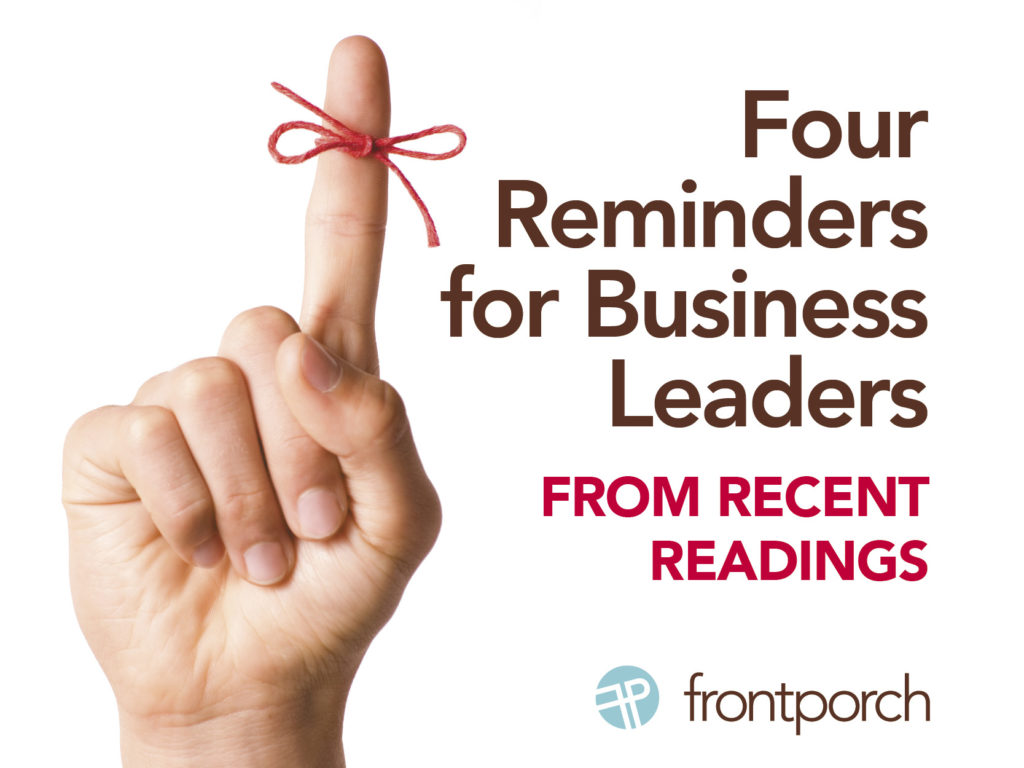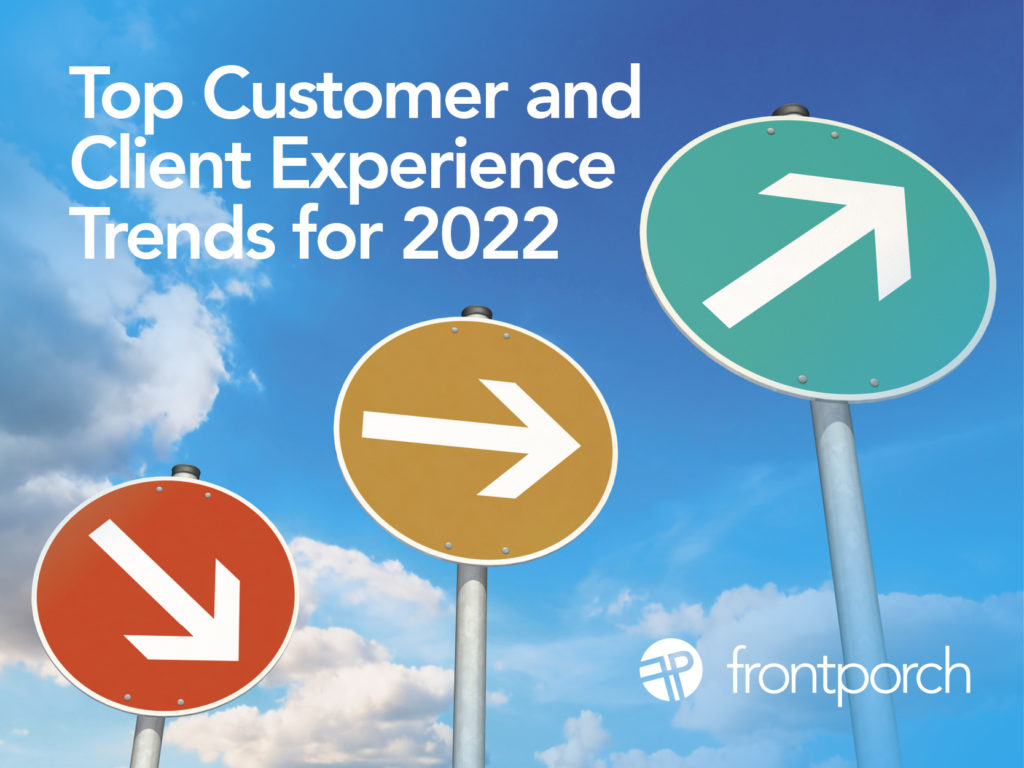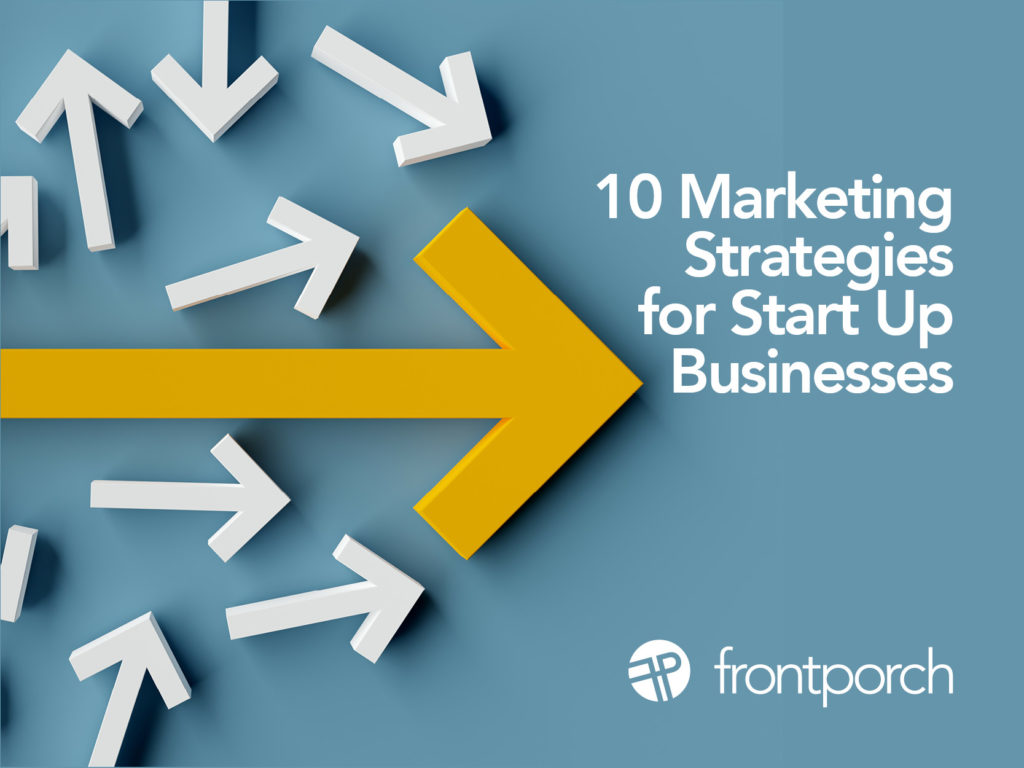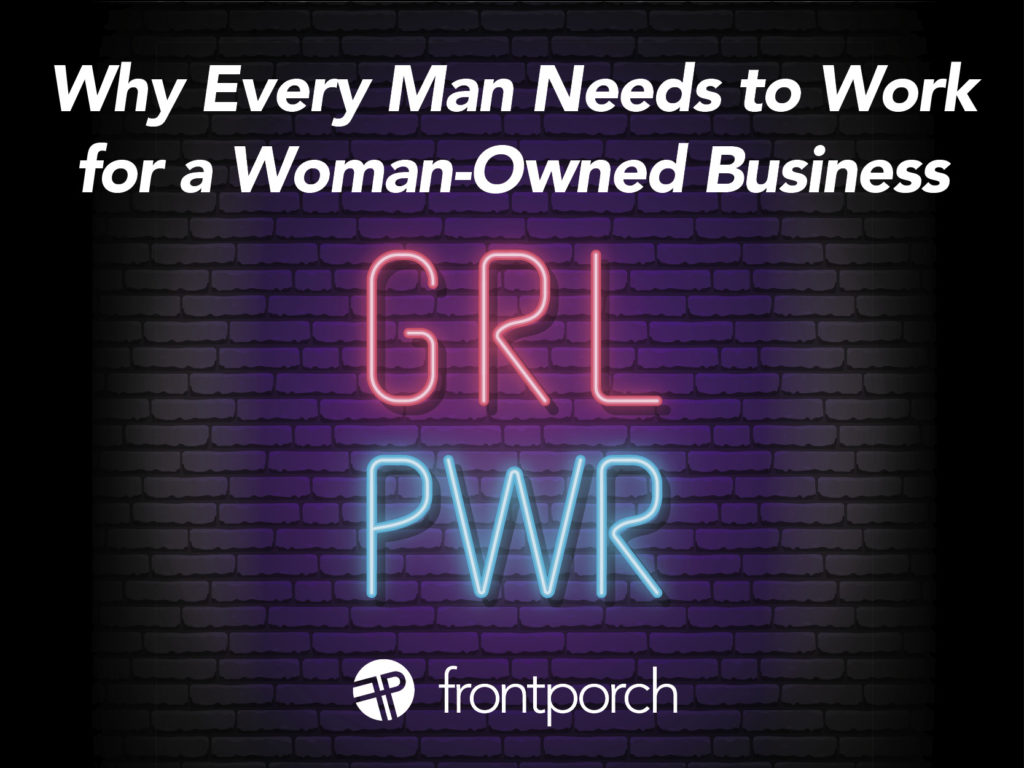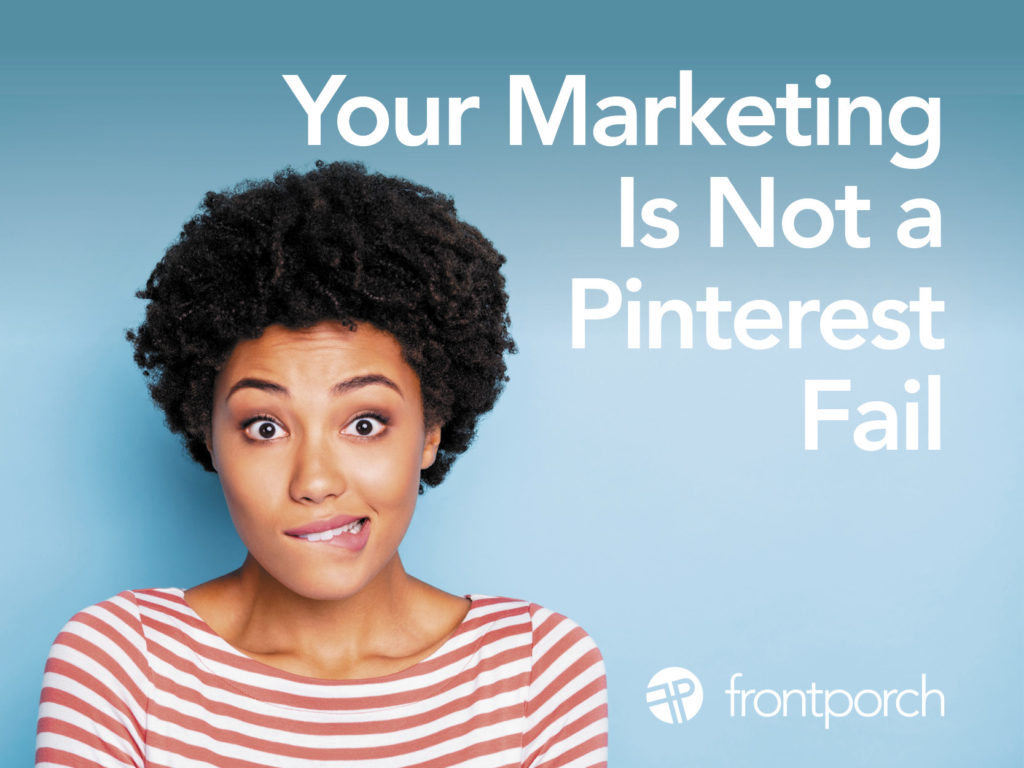
Pinterest fails like these make me snort laugh.
It is terrible, I know, but they are so funny! Perhaps because they are relatable. You see something, you think you can do it, it turns out differently than you planned.
“The more the plans fail the more the planner’s plan.” Ronald Reagan
It’s time to evaluate your marketing strategy for the second half of the year. With Q1 in the rearview mirror, and Q2 well underway now is the time to plan what comes next.
We wax the marketing plan lyrical often, additional reading can be found by searching Marketing Plan right here on Off Your Rocker, because it is a topic we keep coming back to because it is that important. Running through your activities, business, leisure or really anything without a plan often leads to failure and even the best laid plans fail. When and if plans start failing it is time to dig and plan some more.
Planning 101: Be Proactive
For any project or initiative to succeed, it must be carefully thought out. One of the key qualities of any project manager is to be proactive. This comes because of good planning. Proactively address potential problems and prepare possible ways to fix them while they are still predictions. Challenges like inadequate funds and resources, low staffing, or poor time management – are likely to arise in any plan. Effective planning lets you see them and fix them before they hinder the desired outcomes.

Artist credit: Moontower Design | Facebook
Pinterest Fail? Evaluate and Pivot
It is easier for teams to pivot from a plan versus starting from scratch. Existing plans guide and ground activity. Even if an initiative or project is failing or failed pivot and plan some more! In the pivot remember the importance of staying positive and true to your brand.
Now is the time to look at the 2022 plan and evaluate what stays in, what stops and what needs to be added. Let’s get ready for the second half and move forward with purpose and intention to thrive the rest of the year. If you need a marketing planning partner, give us a holler!

